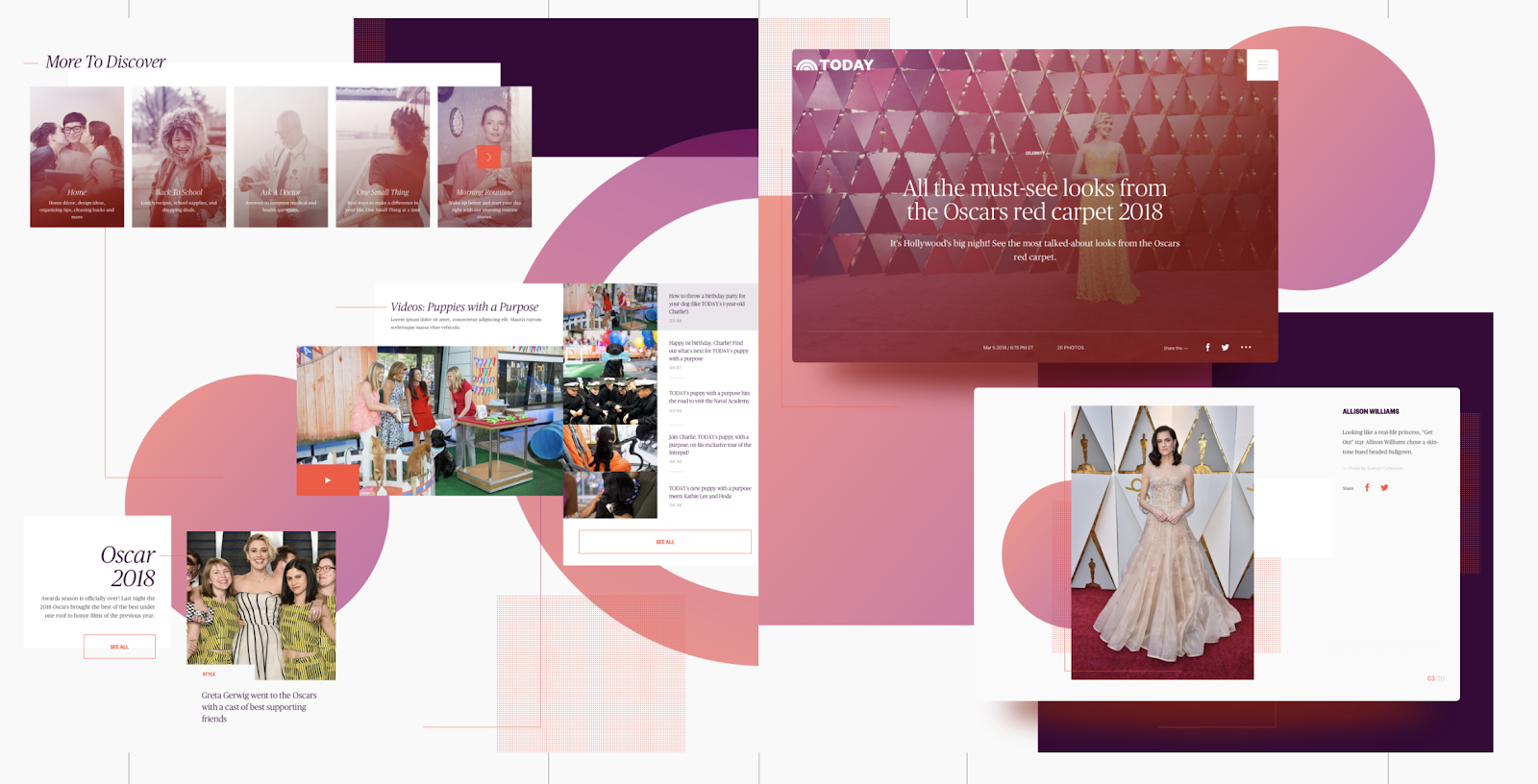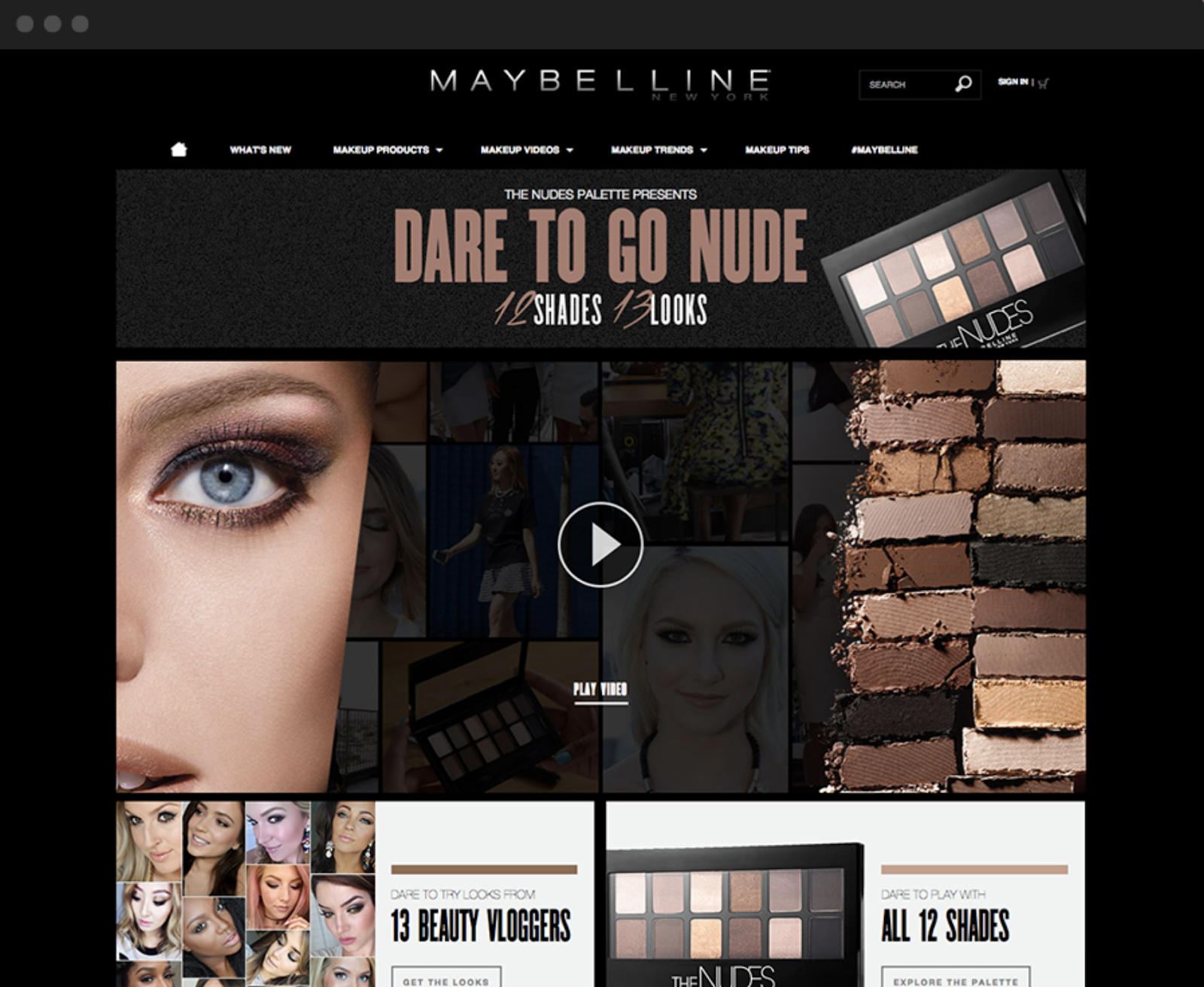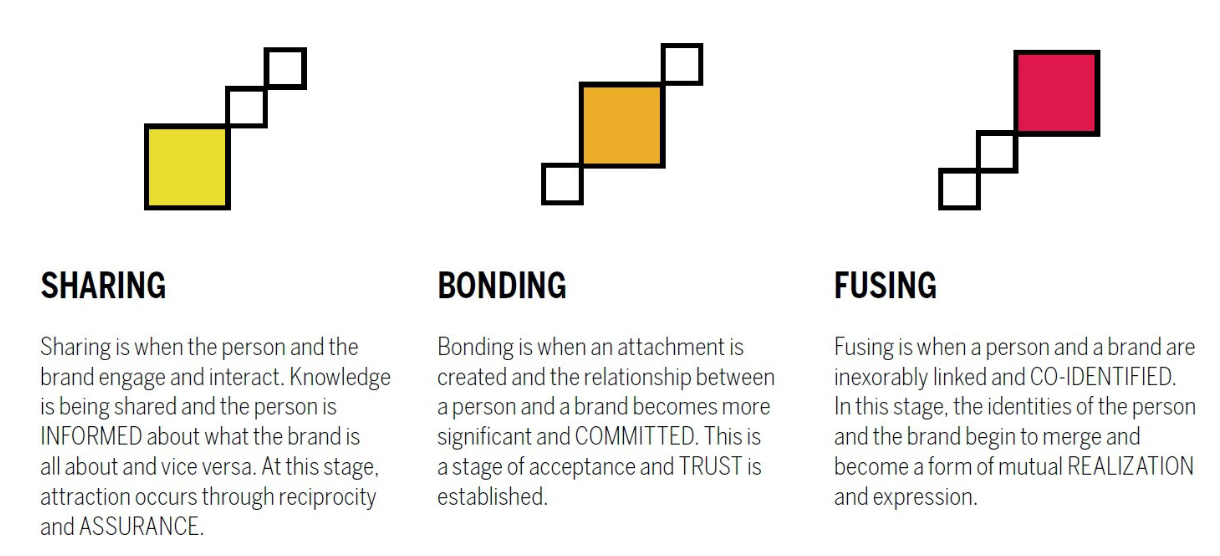
My friend recently challenged her three children to write three paragraphs about who they are and share them with her. Her eldest son spoke of his habits (daily rituals); in particular, he likes to jog, he never misses a night brushing his teeth, and he never sleeps during the day.
This beautiful exercise of self-reflection and shared intimacy gave my friend’s son a structure to reflect and share his identity with his mother, allowing for a deeper level of intimacy between family members.
Erik Erikson, a psychologist and psychoanalyst known for his theory on psychological development of human beings, defines intimacy as: “the ability to fuse your identity with someone else’s without the fear that you’re going to lose something yourself,”

What we share of our identity are qualities, beliefs, personality, looks and/or expressions, which make each one of us unique.
As humans, we have a deep need to be seen for who we are and to be understood. Intimacy is a process of sharing whereby we feel truly seen, known by and connected to others. Understanding and sharing in our identities is vital to leading healthy and fulfilling lives. Knowing and liking who we are secures a sense of belonging and self. So how exactly does this apply to brands?
The Power of Appealing to Instincts and Emotions

Successful brands understand that 95% of purchase decisions are based on emotion and that they must connect to people in deep, meaningful, and authentic ways. In order to be influential in human decision-making, they must appeal and connect to people’s basic primal instincts and emotions.
There are many ways that people develop significant relationships with one another and with brands. Let’s examine some similarities.
Brand Intimacy Parallels Human Intimacy
There are many patterns of persuasion that can be used when designing UX and content mapping. Brands use persuasive patterns to nudge behavior based on human need. These patterns foster the relationship between an individual and a brand, and they can be used to measure the character and nature of emotional bonds between the two parties. Let’s take a look at six of these patterns.
They are:
- Fulfillment: The brand promises the achievement of something desired.
Example: The GA Tech Professional Education brand promises prestige with their brand statement, "Stand out in your profession with a credential from one of the nation's leading research universities."
- Identity: the brand values that which the customer identifies with and projects a desirable lifestyle.
Example: a major mutual life insurance company brand that promises security with their brand statement.
- Enhancement: the brand promises to make life easier and to help the customer to be smarter, as well as more effective, capable, and connected.

Example: The Care Action brand promises a simple path to purpose with their brand statement, “Got 3 minutes today? If so, you can take action for Global change.”
- Ritual: the brand aims to become part of the customer’s daily routine.

Example: Code and Theory partnered with the Today.com brand to reimagine their promise of belonging with their statement of being an all-day lifestyle destination.
- Nostalgia: the brand offers attributes that are reminiscent of fond memories from a consumers’ past (also called the nostalgia effect).

Example: Code and Theory partnered with Burger King to create a movement by bringing back a product that teens and young millennials have been crying out for, and gave them all the credit.
- Indulgence: the brand appeals to the senses; luxurious.

Example: Code and Theory partnered with the Maybelline New York brand in their promise of safety/security. Their campaign statement Dare to Go Nude encourages audiences to consider nude shades not as “boring” color options, but rather as a bold new way to express your true self.
A brand can create intimacy by offering incremental improvements in the user experience. It does this by tapping into emotion to amplify relevance in the consumers’ lives, which builds deeper bonds. As a result, the investment in the consumer as an individual will lead to reciprocity, as in any human relationship, and the consumer will invest in the brand.
Three Stages of Brand Intimacy

Model courtesy of Mario Natarelli and Rina Plapler in their book Brand Intimacy
Mario Natarelli from MBLM described three stages of brand Intimacy – these are emotional and rational milestones that are achieved when brand relationships become more intimate.
Shared Belief in Culture: The Truth Initiative
Mediacurrent, along with Code and Theory, partnered with The Truth Initiative to create an online experience focused on the vision for a generation for whom tobacco is a thing of the past. Their mission, to achieve a culture where all youth and young adults reject tobacco, is grounded in four core brand values: courage, curiosity, collaboration, and commitment.
The Truth Initiative’s website launched a limited-edition Vans sneaker to help promote the two brands’ partnership. Both brands were able to connect to consumers and evangelists by cross-promoting between product and initiative. Believers in the Truth Initiative’s mission were able to become actual “walking billboards.”

Strategic partnerships such as this one strengthen commonality across brands and collectives. Culturally driven campaigns, such as the Van’s We That Generation by Kevin Lyons helps raise brand awareness through experiential artwork and celebrity amplification. Campaigns that address issues people are passionate about drive engagement. This opens up a forum for brands to connect and fuse with their audience.
We That Generation I truth X Vans by Kevin Lyons from steadyfilm on Vimeo.
Measurable Results
In MBLM’s Brand Intimacy 2018 Report, which is the largest study of emotion-centered branding, found that the most intimate companies exceeded the revenue and profit of both the S&P and Fortune 500 for the past 10 years. The most intimate company is Apple, followed by Amazon and BMW.
Human | Brand Identity
As we consider what it means to be present with one another, to listen and share, we must recognize the ripple effect of our attributes (brand and personal) on digital and material ecosystems. Are there brands that you are intimate with? What about them is attractive? Consider the message that you carry forward for them.